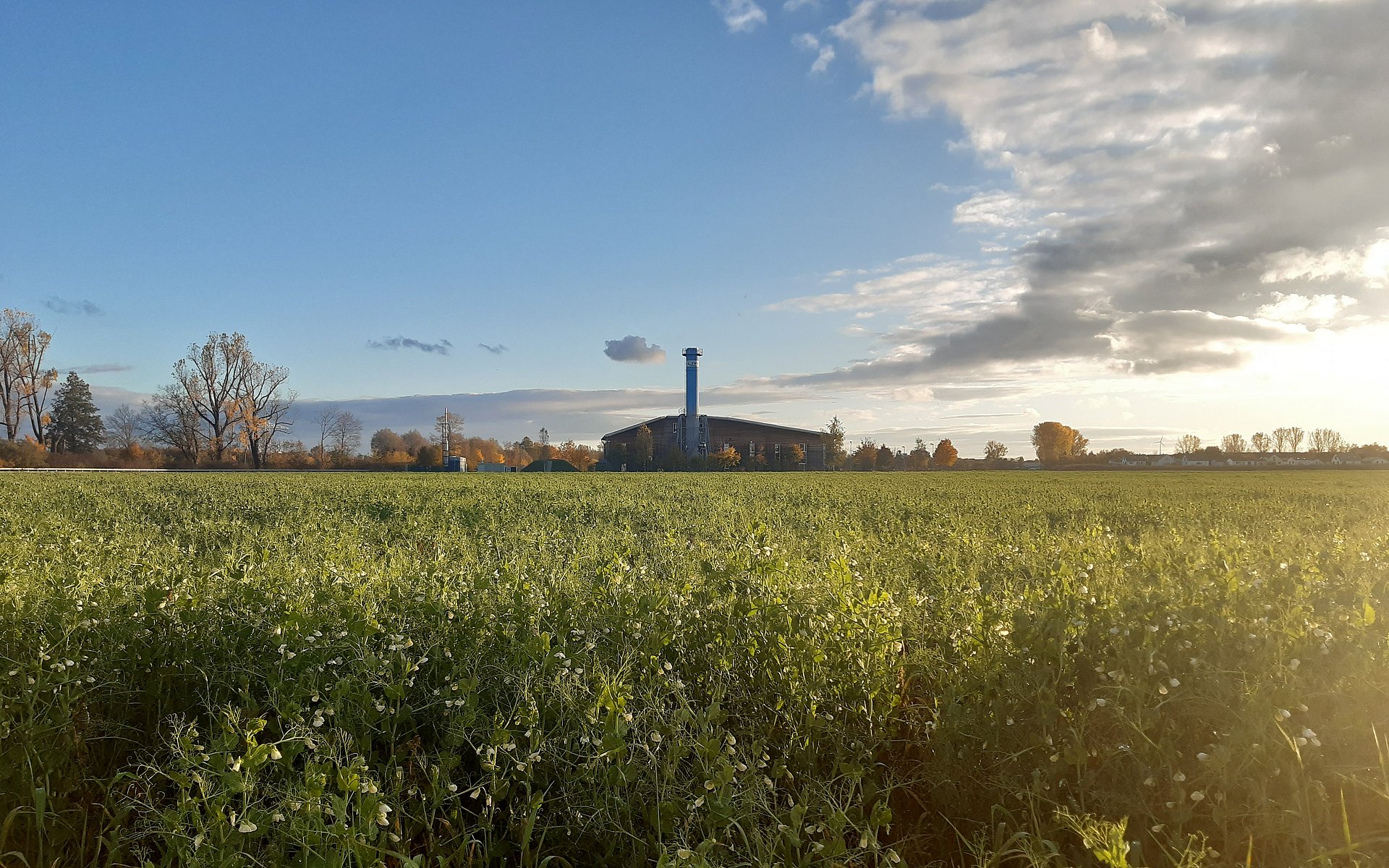Researchers at the Technical University of Munich (TUM) see major potential for the expansion of deep geothermal energy in Bavaria. In its Geothermal Energy Master Plan analysis the research group Geothermal-Alliance Bavaria looks at possibilities for providing geologically disadvantaged regions in the State of Bavaria with sustainable district heating using long-distance heat transport. This is the first time that the technical potential of the hydrothermal geothermal energy in southern Bavaria has been analyzed. The study was commissioned by the Bavarian Ministry of Economic Affairs, Regional Development and Energy, which recently published the report.
 Geothermie Allianz Bayern
Geothermie Allianz Bayern According to theoretical calculations in the assessment, it would be possible to meet as much as 40 percent of the Bavarian heating demand using deep geothermal energy in southern Bavaria. Although the necessary number of wells would be difficult to realize in practice, the results indicate that much more use could nevertheless be made of deep geothermal energy than has been the case in the past and present. Deep geothermal energy is already proving effective today, especially in metropolitan centers, where high levels of heat demand are concentrated in small areas.
Metropolitan areas are however not always located in regions with high geothermal potential. However, regions with less favorable basic geological conditions could be provided with heat from geothermal sources using long-distance heat transport. In addition to transport from the source to the consumer, long-distance heat transport offers another advantage: They make the district heating network more stable and less prone to outages. This makes long-distance heat transport an important factor in the comprehensive utilization of geothermal potentials. The construction of geothermal plants is however very cost-intensive, which is an initial obstacle for many municipalities.
Subsurface exploration is the key
Southern Bavaria in particular has an enormous proven potential for deep geothermal energy. However, there are also reasons in which geothermal energy is not yet being used and where the potential has not yet been adequately investigated. Northern Bavaria is also home to as yet untapped deep-geothermal potential. The study's researchers indicate that establishment of deep geothermal energy sites in the regions where it has not been used up to now will more than anything require extensive further investigations. "In spite of the potential assumed on the basis of preliminary investigations, until now in northern Bavaria deep geothermal energy has only been utilized for thermal spas. This is why further exploratory measures such as test wells are necessary in order to determine the extent to which the northern part of Bavaria is suited for the use of deep geothermal energy. In southern Bavaria this also applies for example to Rosenheim and vicinity, where a high level of demand is found, but where geothermal energy as yet remains completely untapped," says Prof. Michael Drews of the TUM Professorship for Geothermal Technologies.
Geothermal energy: Heat from the depths
Geothermal energy is heat energy which is stored below the surface of the earth. The geothermal energy contained in the top ten kilometers of the earth's crust alone would be enough to cover today's level of energy demand for thousands of years. This makes geothermal energy one of the sustainable and green energy sources available to mankind. In order to exploit deep geothermal energy, hot thermal water is tapped with wells and then brought to the surface, where the heat can be transferred to a district heating system using for example heat exchangers.
The cooled water is then returned to the subsurface rock layers via injection wells. "There are two classifications of geothermal energy, near-surface and deep geothermal energy. While boreholes for near-surface geothermal energy are only a maximum of 400 meters deep, wells for deep geothermal energy can reach depths of up to 5,000 meters beneath the earth's surface. In southern Bavaria we have great potential for deep geothermal energy due to the particularly well-suited subsurface geological conditions," remarks Dr. Kai Zosseder of the TUM Professorship for Hydrogeology.
Deep geothermal energy already successfully implemented today
Deep geothermal energy is thus a sustainable alternative to district heating based on fossil fuel-fired heat and power plants and as such is an important component in the decarbonization of the state of Bavaria. 25 successful projects are already in use in southern Bavaria. Deep geothermal energy is already being used successfully today in the greater Munich metropolitan area and in the southeastern part of the state in particular. It currently covers approximately 0.5 percent of the total heat demand in Bavaria.
The Molasse Basin in Bavaria is the hotspot for geothermal use in Germany. That is why three Bavarian universities, the Technical University of Munich (TUM), the Friedrich-Alexander University of Erlangen-Nuremberg (FAU) and the University of Bayreuth (UBT) joined forces in 2016 as the Geothermal-Alliance Bavaria (GAB) to bundle research and clarify open scientific questions. Since 2020, the Ludwig-Maximilians University of Munich (LMU) and the Munich University of Applied Sciences (HM) joined the network. In addition to the excellent research, a platform for the transfer of knowledge and data between science, business and politics was created with the joint research project. The need in the field of training qualified young people is covered by a joint master's degree program "GeoThermal/GeoEnergy" at FAU and TUM.
The holistic research approach of the GAB has proven itself and enables close cooperation between engineers and geoscientists and thus a look beyond the borders of the respective sub-disciplines.






